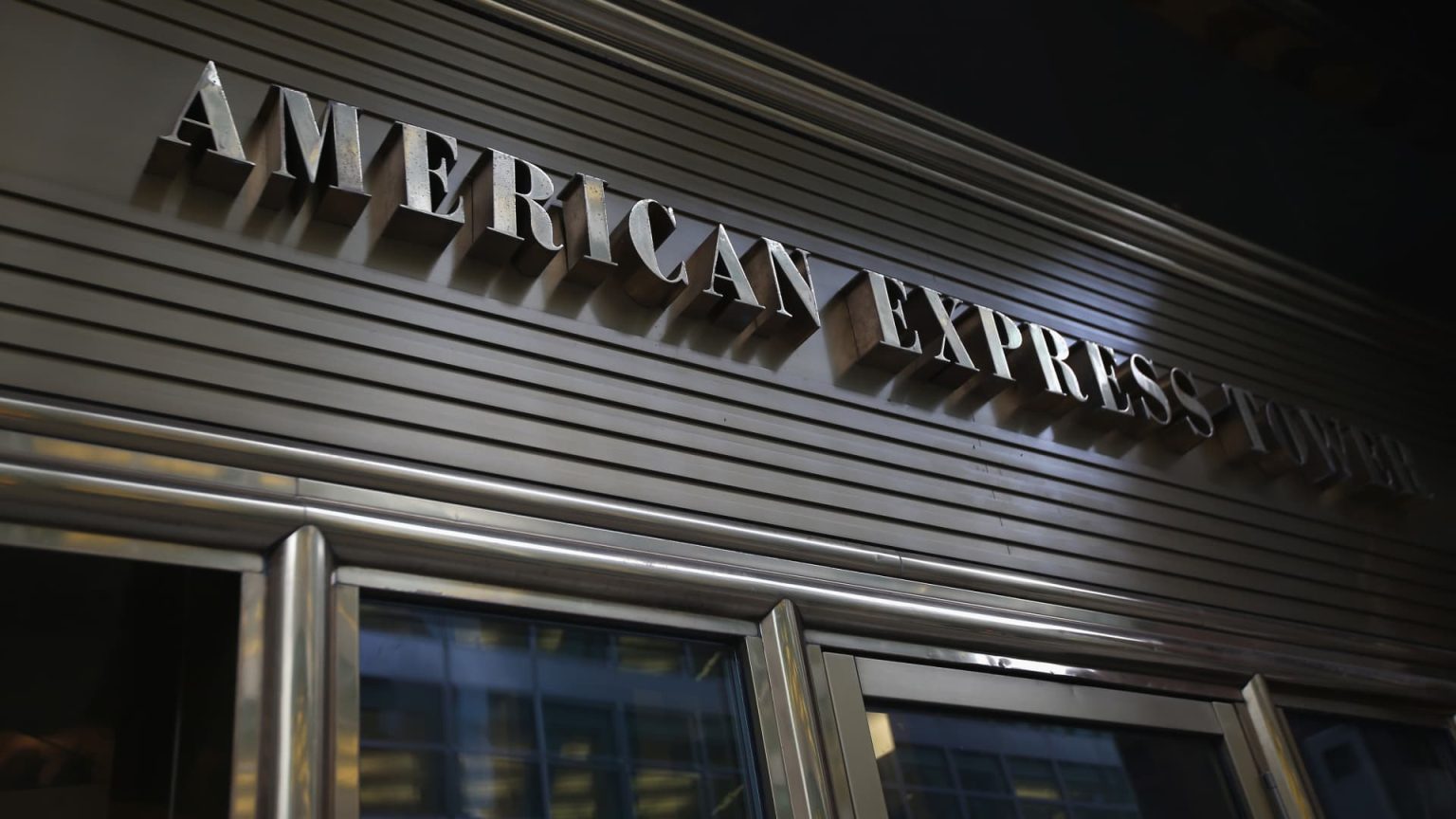Recent financial reports from American Express indicate a robust performance among its affluent cardholders, with strong growth driven mainly by younger consumers. Despite economic uncertainties related to tariffs and inflation, the company experienced a 6% increase in transaction volumes for the first quarter. Chief Financial Officer Christophe Le Caillec highlighted that these trends are expected to continue into the coming months, showcasing resilience amidst broader market fluctuations.
| Article Subheadings |
|---|
| 1) Strong Performance Among Affluent Consumers |
| 2) The Impact of Younger Cardholders on Growth |
| 3) Restaurant Spending: A Positive Indicator |
| 4) Challenges in Airline Spending |
| 5) Forecasting Amid Economic Uncertainty |
Strong Performance Among Affluent Consumers
American Express reported a 6% increase in billed business on its cards for the first quarter of this year, which rises to 7% when adjusted for the leap year. This is indicative of sustained consumer spending and reflects a favorable trend from the previous year. Notably, the affluent customer base of American Express appears to be maintaining their spending levels despite fluctuations in the stock market and the looming threat of economic challenges such as tariff imposition. Officials from American Express conveyed that the financial health of wealthier consumers contributes significantly to stabilizing the company’s performance, thus insulating it from wider economic concerns.
The Impact of Younger Cardholders on Growth
The growth experienced by American Express can be attributed largely to the spending habits of younger cardholders, specifically millennials and Generation Z. During the first quarter, these demographics increased their spending by an impressive 14%. This trend contrasts sharply with older generations, such as Gen X and Baby Boomers, who exhibited more cautious spending behavior, with increases of only 5% and 1%, respectively. Le Caillec pointed out that while it is challenging to determine if the spending surge is a reaction to potential upcoming tariffs, there is evidence that small businesses may be purchasing inventory in anticipation of rising costs. This differing behavior across age groups signifies how consumer confidence and spending vary among demographics, impacting overall company performance.
Restaurant Spending: A Positive Indicator
Among various categories, spending at restaurants offers a particularly encouraging sign for American Express’s market position. Restaurant expenditures rose by 8%, which Le Caillec described as “the ultimate discretionary expense.” He emphasized that dining out is an indicator of consumer confidence because it is a purchase that cannot be made in advance like essential goods. Future growth potential is promising if dining and restaurant consumption remains strong, signaling that cardholders are willing to spend on non-essential items amid economic uncertainties.
Challenges in Airline Spending
Yet not all sectors saw similar performance; airline spending presents a more subdued outlook. The report indicated that airline transactions grew only 3% in the first quarter, or 4% when adjusted for the leap year, down from a 13% increase in the preceding quarter. This decrease in airline spending reflects broader operational challenges faced by airlines, coupled with consumer hesitance in travel due to economic order disruptions. American Express’s earnings presentation indicated that while other corporate sectors are re-evaluating their earnings forecasts due to tariff uncertainties, the company remains firm on its projections.
Forecasting Amid Economic Uncertainty
Despite external economic factors like tariffs and inflation impacting the business landscape, American Express is maintaining a positive outlook. The company has kept its revenue growth guidance between 8% to 10% and expects earnings of $15 to $15.50 per share this fiscal year. However, the executives acknowledge the potential repercussions of the macroeconomic environment, which they have now included as a caveat in their forecasts. Le Caillec stated, “There’s a lot of stability and strength, despite the news and the environment,” reinforcing a sense of cautious optimism for the upcoming quarters.
| No. | Key Points |
|---|---|
| 1 | American Express saw a 6% increase in transaction volumes for the first quarter. |
| 2 | Millennials and Gen Z cardholders increased their spending by 14% during the same period. |
| 3 | Restaurant spending has emerged as a positive indicator of consumer confidence. |
| 4 | Airline transaction growth slowed significantly to just 3% in the first quarter. |
| 5 | American Express maintained its revenue growth guidance despite concerns related to the macroeconomic environment. |
Summary
The performance of American Express in the first quarter underscores the importance of its affluent cardholder base and the growing influence of younger consumers on overall spending patterns. While the company’s optimistic revenue forecast reflects a stable outlook among its core customers, external economic concerns remain a point of caution. Thus, as the situation evolves and external pressures remain present, American Express will continue to monitor its strategies to adapt to changing consumer behaviors and market dynamics.
Frequently Asked Questions
Question: How did American Express’s affluent cardholders perform in the first quarter?
American Express reported that affluent cardholders showed a 6% increase in spending during the first quarter, reflecting ongoing consumer confidence and economic resilience.
Question: What demographic showed the most significant spending increase?
Millennials and Generation Z cardholders reported a 14% increase in their spending, representing a notable contrast to older demographics who exhibited more cautious spending behavior.
Question: What challenges did American Express face concerning airline spending?
Airline transactions grew only 3%, down from 13% in the previous quarter, highlighting a slowdown in consumer travel spending amid broader economic uncertainty.


